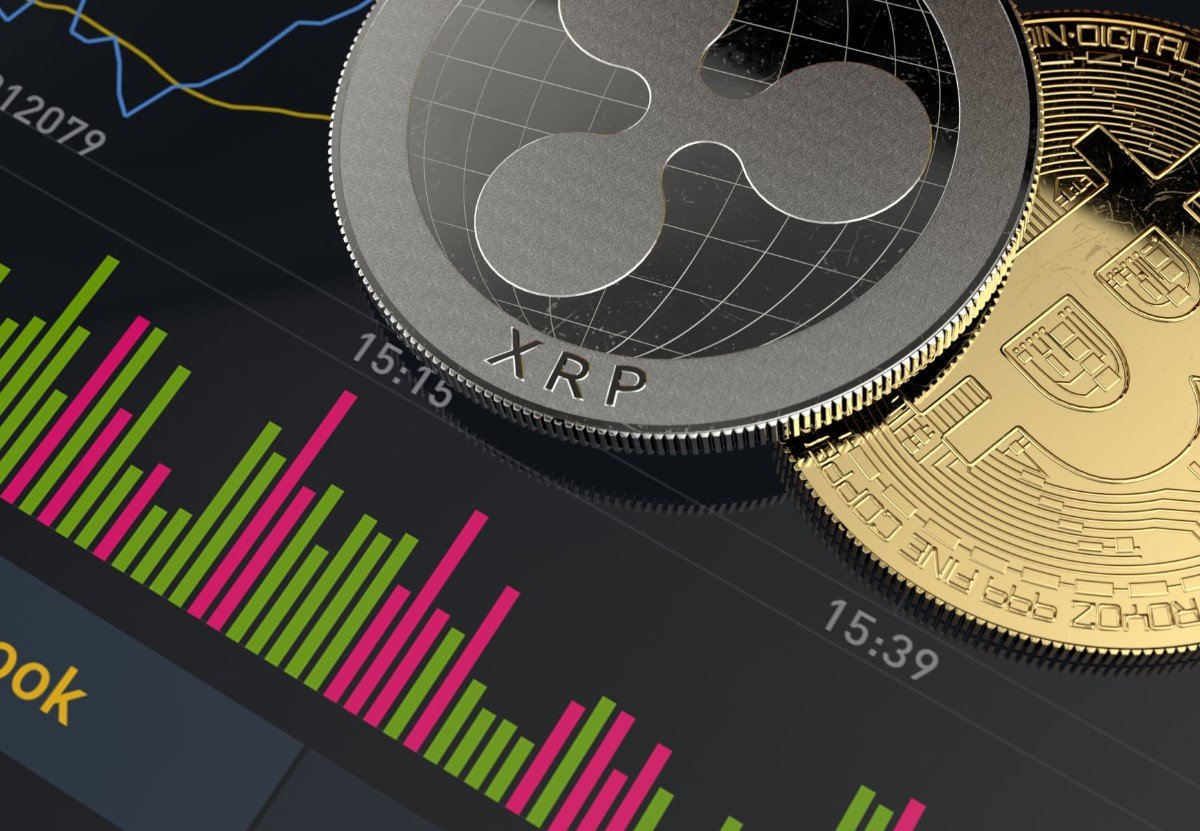XRP, the native cryptocurrency of the Ripple network, has been showing signs of recovery after a prolonged legal battle with the US Securities and Exchange Commission (SEC). According to some financial experts, XRP could reach $3 by the end of 2024, based on its current trend and historical data. But what are the factors that could influence XRP’s price and performance? Here are some key points to know about the future of XRP.
XRP Price Analysis: Bullish Factors
There are several factors that support the bullish case for XRP in the short and medium term. Some of them are:
- The SEC Lawsuit: XRP has been under pressure since December 2020, when the SEC filed a lawsuit against Ripple and its executives, alleging that they sold XRP as an unregistered security. The lawsuit has caused many exchanges and platforms to delist or suspend XRP trading, affecting its liquidity and market share. However, XRP has also received some positive developments in the case, such as the court granting Ripple access to the SEC’s internal documents and denying the SEC’s access to Ripple’s legal advice. These developments have boosted XRP’s confidence and price, as investors hope for a favorable outcome or a settlement.
- The ODL Network: XRP is the core of Ripple’s On-Demand Liquidity (ODL) network, which enables fast and cheap cross-border payments using XRP as a bridge currency. The ODL network has been growing and expanding its reach, with more partners and customers joining the platform. Some of the notable ODL users include MoneyGram, Azimo, Novatti, and SBI Remit, among others. The ODL network provides a real-world use case and demand for XRP, as well as a competitive edge over other payment solutions.

- The Flare Network: XRP is also set to benefit from the launch of the Flare Network, a smart contract platform that integrates with the XRP Ledger. The Flare Network will enable XRP holders to access decentralized applications (DApps) and decentralized finance (DeFi) services, such as lending, borrowing, trading, and staking. The Flare Network will also distribute its native token, Spark (FLR), to eligible XRP holders, based on a snapshot taken in December 2020. The Flare Network will enhance the utility and value of XRP, as well as its interoperability with other networks.
XRP Price Analysis: Potential Risks
However, there are also some risks that could hinder XRP’s rally to $3 and beyond. Some of them are:
- The Regulatory Uncertainty: XRP is still facing regulatory uncertainty and scrutiny, not only in the US, but also in other jurisdictions and markets. The outcome of the SEC lawsuit is still unclear and unpredictable, and it could have a significant impact on XRP’s status and future. Moreover, XRP could also face more challenges and obstacles from other regulators and authorities, who may have different views and standards on crypto assets and securities.
- The Competition: XRP is not the only cryptocurrency that aims to facilitate cross-border payments and remittances. There are other projects that have similar or different goals and approaches, such as Stellar (XLM), Cardano (ADA), Algorand (ALGO), and Celo (CELO), among others. XRP will need to differentiate itself from its competitors and prove its value proposition and advantage.
- The Market Volatility: The cryptocurrency market is still subject to high volatility and unpredictability, as it is influenced by various factors such as supply, demand, news, events, sentiment, and speculation. Any negative development or trend could trigger a sell-off or panic in the market, which could affect XRP and other cryptocurrencies. Therefore, investors and traders should always be cautious and vigilant, and use proper risk management strategies.
XRP Price Prediction: Can XRP Reach $3 by 2024?
Based on the current price action and trend, XRP has a high chance of reaching $3 by the end of 2024, if it can overcome the legal and regulatory hurdles and maintain its growth and innovation. However, this is not a guarantee, and XRP could also face a correction or consolidation before reaching that level, or even reverse its direction if the market conditions change. Therefore, investors and traders should always do their own research and analysis, and not rely solely on predictions or opinions.



















